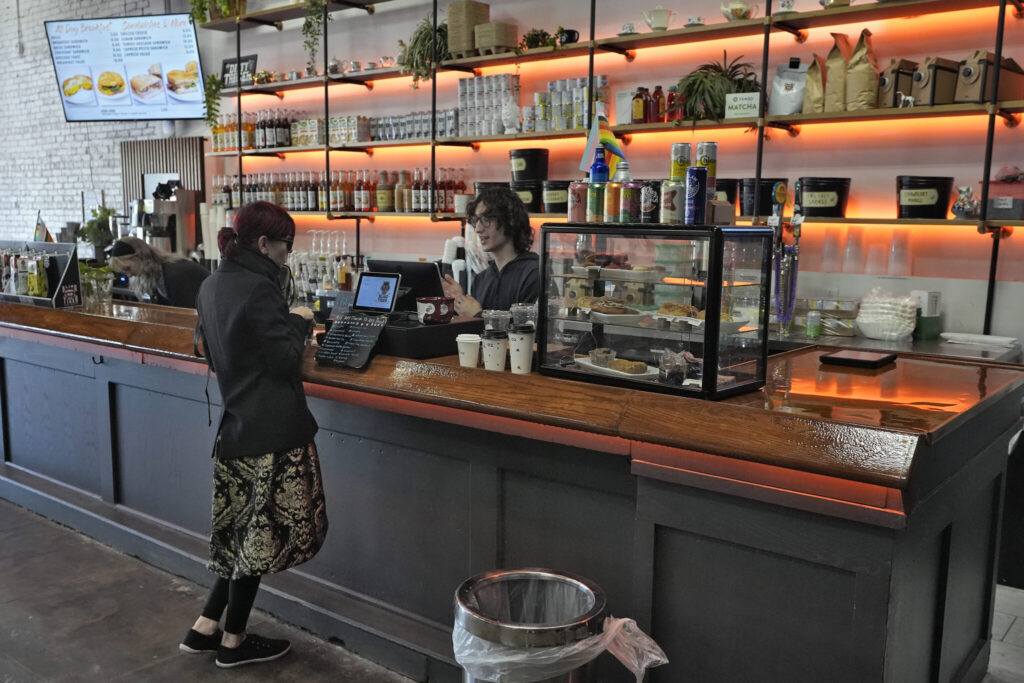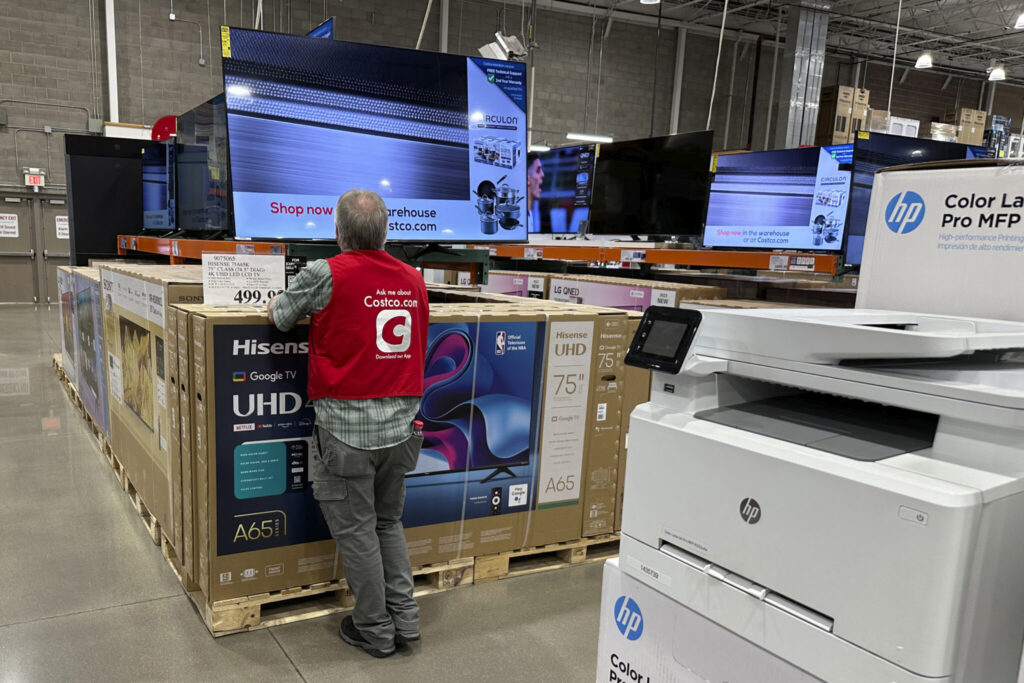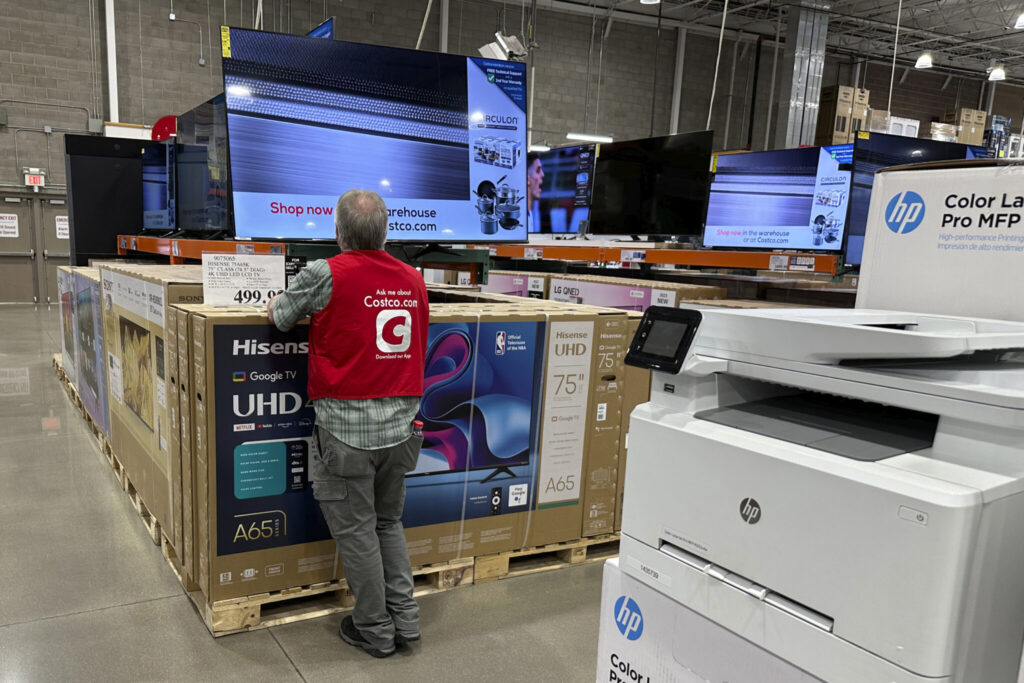Annual inflation in the United States cooled last month yet remained elevated in the latest sign that the pandemic-fueled price surge is only gradually and fitfully coming under control. Tuesday’s report from the Labor Department showed that the consumer price index rose 0.3% from December to January, up from a 0.2% increase the previous month. Compared with a year ago, prices are up 3.1%.
Quick Read
- U.S. annual inflation decreased last month but remains high, indicating a slow and inconsistent recovery from the pandemic-induced price increases.
- The consumer price index (CPI) increased by 0.3% from December to January, following a 0.2% rise the previous month. Year-over-year, prices rose by 3.1%.
- This is a decrease from the 3.4% annual inflation rate in December and significantly lower than the peak of 9.1% in mid-2022, but still above the Federal Reserve’s 2% target.
- Core inflation, which excludes food and energy, increased by 0.4% last month, up from 0.3% in December, with a 3.9% rise over the past 12 months, indicating persistent inflationary pressures.
- The Biden administration highlights the significant reduction in inflation from its peak during the pandemic, attributing it to the resolution of supply disruptions and the end of substantial government aid.
- Despite nearing the Fed’s target, public frustration persists as average prices remain roughly 19% higher than when President Biden took office.
- The recent data may lead the Federal Reserve to maintain a cautious stance, with expectations that the central bank will hold off on reducing its benchmark interest rate from the current 22-year high of about 5.4% until at least mid-2024.
- The Fed has previously increased its key rate 11 times between March 2022 and July of the last year to combat inflation, resulting in higher borrowing costs for consumers and businesses.
- Fed Chair Jerome Powell noted that most of the inflation decline has been in goods prices, while services costs continue to rise, posing a challenge for achieving sustained inflation reduction.
- The possibility of a rate cut by the Fed could lower borrowing costs and stimulate the economy, but risks remain if the economy grows too quickly, potentially exacerbating inflationary pressures.
- Recent economic indicators suggest continued growth, with strong hiring, increased manufacturing orders, and higher sales for services companies, pointing to a robust economy in early 2024.
The Associated Press has the story:
US inflation slows but remains elevated, price pressures are easing gradually
Newslooks- WASHINGTON (AP) —
Annual inflation in the United States cooled last month yet remained elevated in the latest sign that the pandemic-fueled price surge is only gradually and fitfully coming under control.
Tuesday’s report from the Labor Department showed that the consumer price index rose 0.3% from December to January, up from a 0.2% increase the previous month. Compared with a year ago, prices are up 3.1%.
That is less than the 3.4% figure in December and far below the 9.1% inflation peak in mid-2022. Yet the latest reading is still well above the Federal Reserve’s 2% target level at a time when public frustration with inflation has become a pivotal issue in President Joe Biden’s bid for re-election.

Excluding the volatile food and energy categories, so-called core prices climbed 0.4% last month, up from 0.3% in December and 3.9% over the past 12 months. Core inflation is watched especially closely because it typically provides a better read of where inflation is likely headed. The annual figure is the same as it was in December.
Biden administration officials note that inflation has plummeted since pandemic-related supply disruptions and significant government aid sent it soaring three years ago. And a raft of forward-looking data suggests that inflation will continue to cool.
Still, even as it nears the Fed’s target level, many Americans remain exasperated that average prices are still about 19% higher than they were when Biden took office.

The mixed data released Tuesday could reinforce the caution of Fed officials, who have said they’re pleased with the progress in sharply reducing inflation but want to see further evidence before feeling confident that it’s sustainably headed back to their 2% target. Most economists think the central bank will want to wait until May or June to begin cutting its benchmark rate from its 22-year-high of roughly 5.4.
The Fed raised its key rate 11 times, from March 2022 to July of last year, in a concerted drive to defeat high inflation. The result has been much higher borrowing rates for businesses and consumers, including for mortgages and auto loans. Rate cuts, whenever they happen, would eventually lead to lower borrowing costs for many categories of loans.
Fed Chair Jerome Powell noted during a recent news conference that most of the decline in inflation so far has stemmed from lower prices for goods, including used cars, furniture and appliances, which have dropped in six of the past seven months.

By contrast, the costs of services — auto repairs, health care, hotel rooms, concerts and other entertainment — are still rising briskly. Core services prices, which exclude energy, jumped 5.3% in 2023. The Fed will want to see some cooling in services prices to become more assured that inflation is declining.
A rate cut by the central bank typically lowers the costs of mortgages, auto loans, credit cards and other consumer and business borrowing, and could bolster the economy. But a much stronger economy could also pose a challenge for the Fed because faster growth can accelerate wages and consumer spending. If businesses aren’t able to keep up with greater customer demand, they typically respond by raising prices, which would worsen inflation.
In the final three months of last year, the economy grew at an unexpectedly rapid 3.3% annual rate. There are signs that growth remains healthy so far in 2024. Businesses engaged in a burst of hiring last month. Surveys of manufacturing companies found that new orders rose in January. And services companies reported an uptick in sales.







